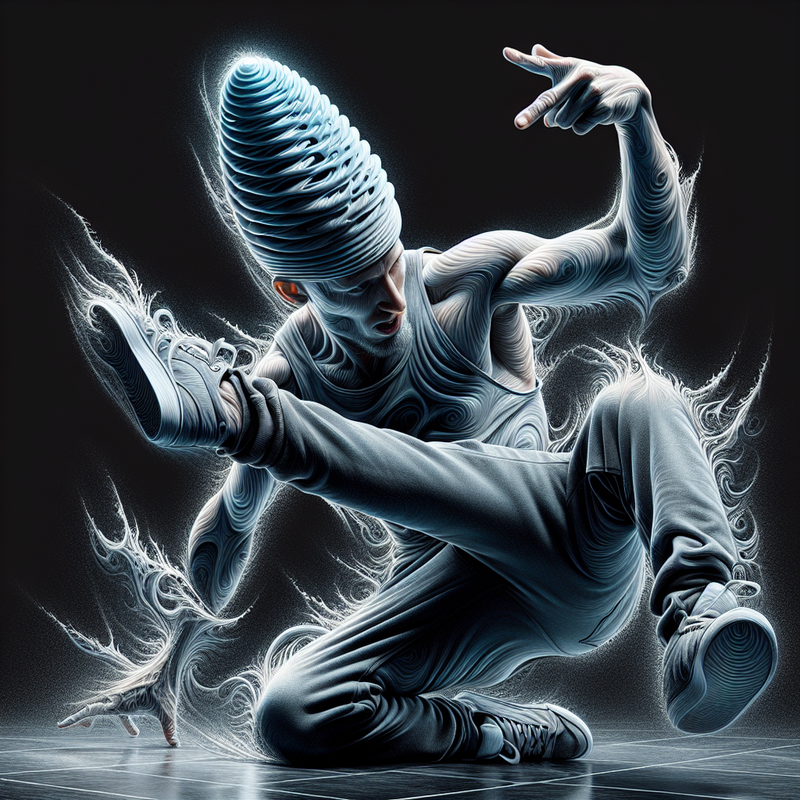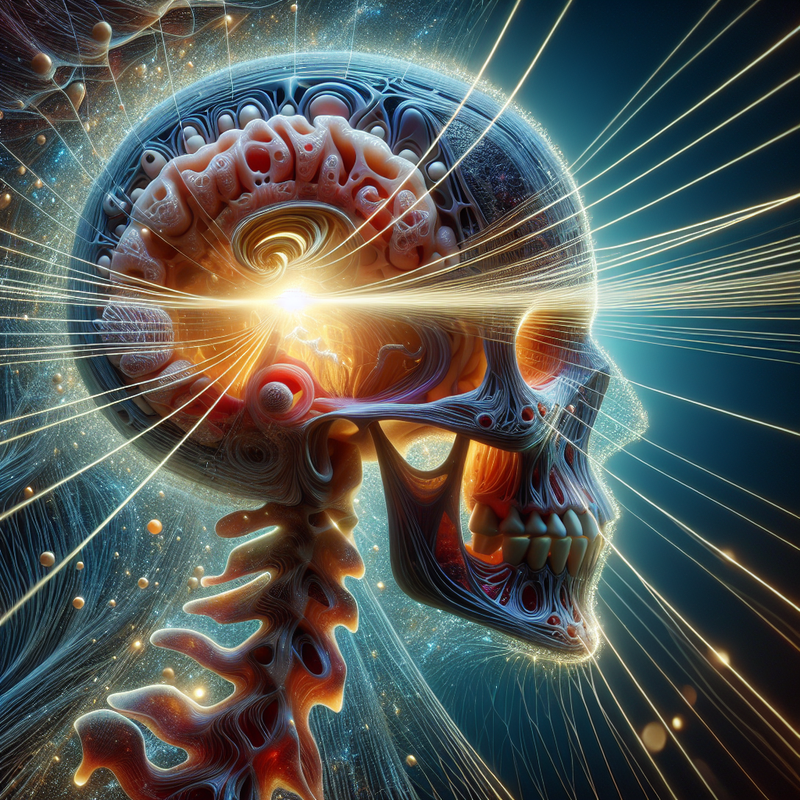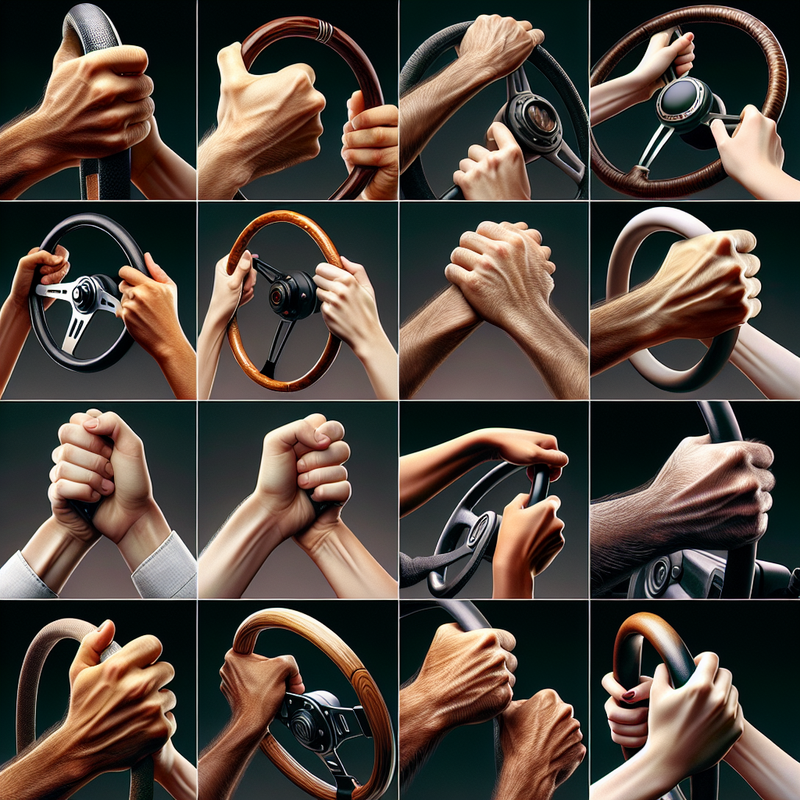Headspin Hole: A Peculiar Affliction Pinpointed Among Breakdancers
Health experts have pinpointed a peculiar health condition that seems to afflict breakdancers, termed “headspin hole” owing to the distinct dance maneuvers they perform. This ailment, otherwise referred to as “breakdancer bulge,” leads to the development of a cone-like swelling on the scalp emerging from frequent head-spinning activities, a staple in breakdancing routines.
A Case Study and Symptoms
A 2024 case study documents a breakdancer who, after a 19-year stint in breakdancing, exhibited symptoms of this notable condition. Alongside the noticeable swelling, individuals may undergo hair thinning and sporadic discomfort. The study illustrates that “around 30 percent of breakdancers exhibit scalp hair loss and inflammation due to continuous head-spinning,” indicating the commonality of this condition amongst the breakdancing population.
The Bodily Defense Mechanism
Titled “Headspin Hole” and associated injuries in breakdancing are understood to be a bodily defense mechanism, where the epicranial aponeurosis, a strong connective tissue layer, becomes denser, together with the superficial fatty layer, in an effort to safeguard the cranial bones against the strain incurred by the intense dancing technique. “This bodily reaction is somewhat akin to how callouses develop on hands and feet, offering a buffer to disperse pressure and shield the deeper tissue from harm,” elucidates the case study.
Injury and Recovery: A Breakdancing Perspective
Nevertheless, the headspin hole isn’t the gravest wound encountered in breakdancing. Common injuries extend from the wrists to feet, with maneuvers such as “windmill” and “backspin” potentially leading to inflammatory conditions like bursitis. Some extreme incidents have seen dancers endure a broken neck but were lucky enough to dodge significant adverse outcomes. Ukrainian breakdancer Anna Ponomarenko suffered from nerve compression leading to paralysis; however, her subsequent recovery led to her participation in the Paris 2024 Olympics, highlighting the extraordinary dangers and tenacity of breakdancers.
Advocacy for Safety Gear in Breakdancing
Advocating for the utilization of safety gear, akin to other athletic activities, has shown promise in diminishing the frequency of injuries in breakdancing. Despite the inherent perils, the community remains devoted to evolving the dance form while also taking measures to curb the potential health issues through improved safety protocols.
Not Exclusive to Breakdancers
Of note as well, while breakdancers have been recognized for their cone-like head formations, they aren’t the only group to experience this; some newborns exhibit this trait due to the skull getting reshaped during childbirth or following certain medical procedures, like vacuum extraction. However, such conditions in newborns typically resolve with time or can be corrected medically if necessary.
The original insights into the peculiar health manifestations found in breakdancing are shared by Adam Taylor, Professor and Director of the Clinical Anatomy Learning Centre at Lancaster University, drawing from a conversation published with The Conversation under a Creative Commons license. Taylor’s examination of these distinct health phenomena shines light on the fascinating intersection of art, sport, and health within the energetic and physically demanding realm of breakdancing.







